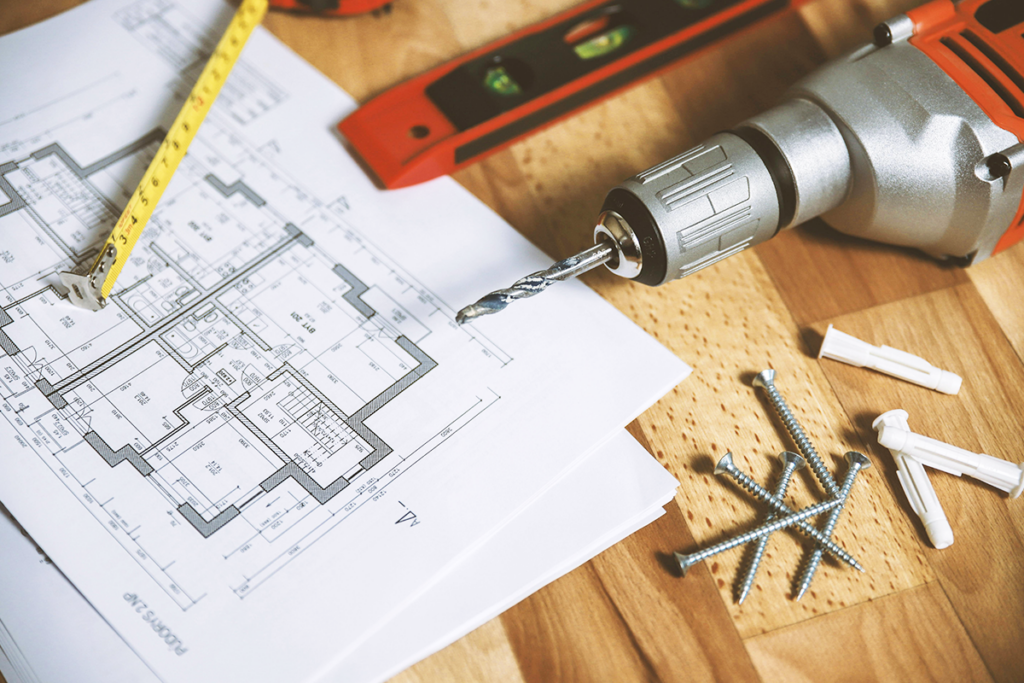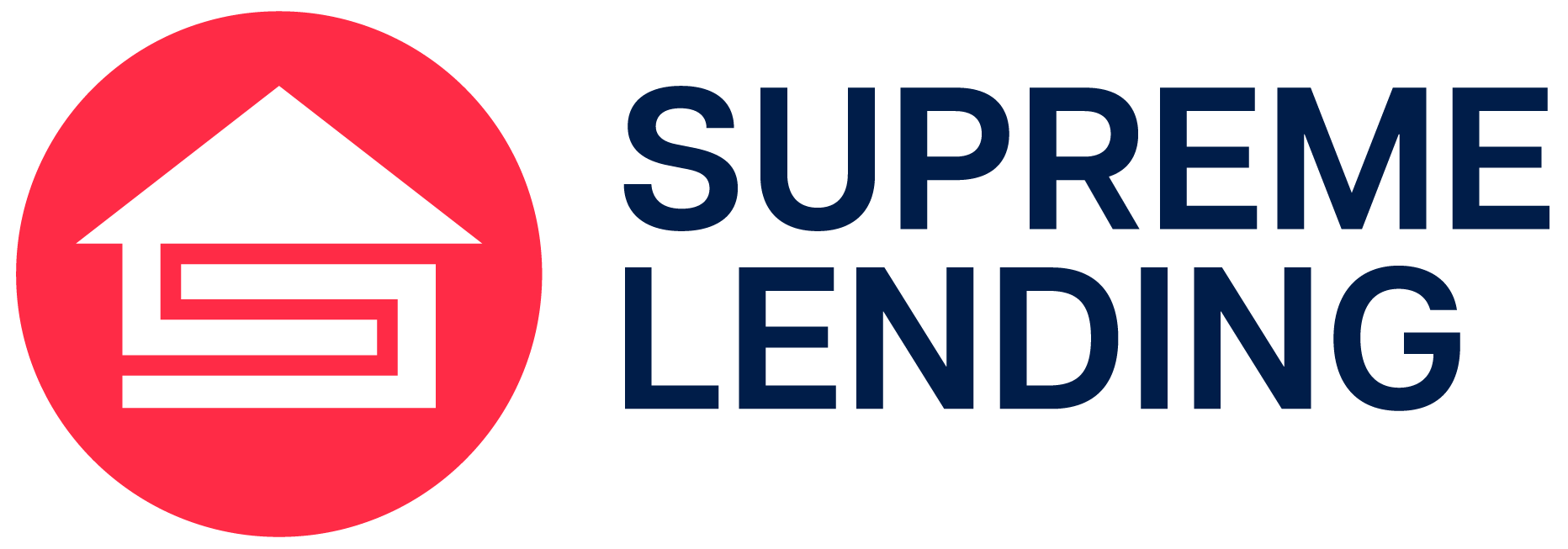
When someone asks if it’s possible to add renovation costs to mortgage, the simple answer is yes! When buying a home, people dream of finding the perfect property that checks off all their boxes. However, sometimes the ideal property may need a little work to become that dream home. This is where renovation loans come in. By adding renovation costs to your mortgage, you can finance both the purchase of your home and the necessary improvements into a single loan. Read on to learn more about renovation loan options, benefits, and frequently asked questions.
Types of Renovation Loans
There are several loan programs to consider that can add renovation costs to your mortgage:
- FHA 203(k). This renovation program is an FHA loan, insured by the Federal Housing Administration. There are two options depending on the extent of the home remodel or repairs. The Limited 203(k) is for more minor updates that ensure the home is safe and functional and can include basic cosmetic improvements. The Standard 203(k) option offers more flexibility and larger scale renovations, such as structural foundation or adding square footage. Only primary residences are eligible. Click here to read more about the FHA 203(k) Renovation Loan.
- Fannie Mae HomeStyle®. This is a Conventional loan option to add renovation costs to mortgage. It includes home improvements that are permanently affixed to the property and add value, including luxury items such as high-end flooring, decks, fencing, a pool, etc. Unlike the FHA 203(k), this program can also be used toward qualified second homes and investment properties.
- VA Renovation. This renovation loan is for eligible military Veterans, active duty personnel, and some surviving spouses. It offers the same benefits as VA loans, such as no down payment requirements and lower closing costs, plus the ability to include certain home repairs into a single, affordable mortgage.
- Supreme Dream 203(k). Another exciting renovation loan program that Supreme Lending offers is the FHA 203(k) loan, as noted above, combined with the Supreme Dream down payment assistance resulting in less upfront costs.
How Renovation Loans Work
- Determine Your Renovation Needs. Assess the scope of your renovation project and obtain estimates from contractors to understand the anticipated costs.
- Loan Application. Apply for a renovation loan with a lender. You will need to provide detailed renovation plans. At Supreme Lending, we have a dedicated construction lending team to support all renovation loans for a smooth process.
- Loan Approval. Once approved, the loan amount is based on the projected value of your home after the renovations are completed.
- Renovation Process. Funds are typically disbursed in stages as the renovation progresses ensuring that contractors are paid, and the work is successfully completed.
- Final Inspection. After the renovations are finalized, a final inspection is typically required to verify that the work meets the loan requirements, and any remaining funds are released.
Frequently Asked Questions
Can I add renovation costs to any type of mortgage?
Not all mortgage types allow for renovation costs to be added. Specific loans, such as the programs listed above, are specifically designed to fund renovations and have additional steps and guidelines to follow.
How are renovation costs disbursed with a renovation loan?
With a renovation loan, funds for the purchase of the property are typically disbursed at closing. The renovation funds are placed in an escrow account to be paid out as repairs are completed.
How are renovation loans approved?
Your lender’s underwriting department will help approve the loan application and make sure all guidelines and requirements are met. This includes reviewing the home’s value after the renovations are made. The renovation schedule and documentation are also evaluated to ensure a seamless process.
Are there limits on the amount someone can borrow for renovations?
Yes. Each loan type has specific limits depending on the program. For example, an FHA 203(k) Limited loan currently has a maximum of $35,000* repair escrow amount to use toward the contractor’s costs and renovation fees. In turn, an FHA 203(k) Standard depends on the property’s FHA county loan limit. For Conventional renovation loans, the maximum renovation cost is typically up to 75% of the after-improved home value.
*Note: The FHA 203(k) Limited options will be increasing its maximum limit for renovation costs to $75,000 on or after November 4, 2024.
Click here for a complete guide to home renovation loans that includes a detailed comparison of FHA 203(k) and Conventional HomeStyle® loans.
Want to learn more about how to add renovation costs to your mortgage? Get started in creating your dream home with the help of Supreme Lending. We’re here to help every step of the way.
